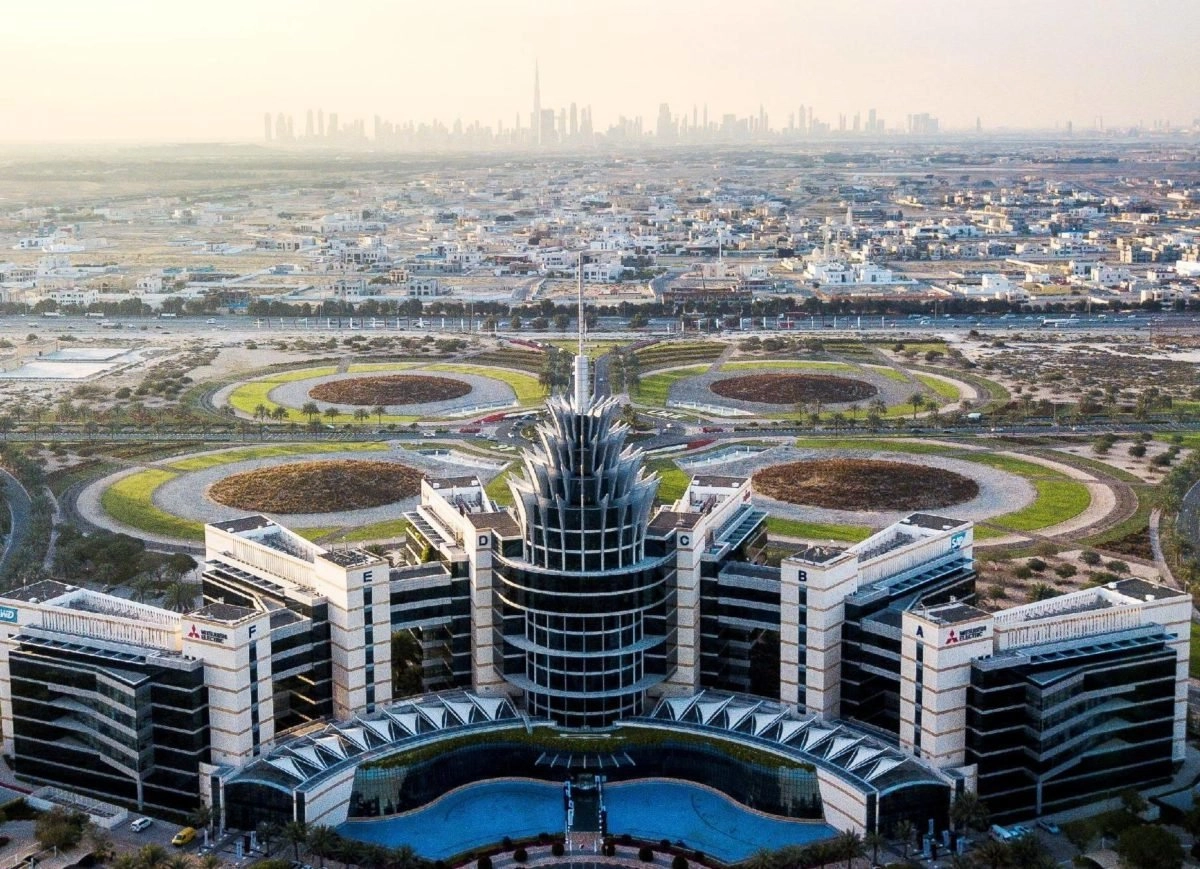Now Reading: E-Commerce in Saudi Arabia: 7 Powerful Reasons Behind Its Rapid Growth
-
01
E-Commerce in Saudi Arabia: 7 Powerful Reasons Behind Its Rapid Growth
E-Commerce in Saudi Arabia: 7 Powerful Reasons Behind Its Rapid Growth

Table of Contents
Saudi Arabia is witnessing a massive transformation in the way people shop. What was once a market dominated by traditional retail has now become one of the fastest-growing e-commerce hubs in the Middle East. From fashion and electronics to groceries and luxury goods, Saudi consumers are increasingly choosing online platforms for their everyday needs.
According to market experts, the Kingdom’s e-commerce sector is expected to reach record growth in the coming years, driven by strong government support, improved digital infrastructure, and changing consumer habits. This digital revolution is not just reshaping retail but also creating new opportunities for entrepreneurs, tech startups, and global brands.
A New Era of Online Shopping
The growth of Saudi Arabia e-commerce in Saudi Arabia can be traced to several factors. The first is the country’s rapid digital adoption. With one of the highest internet penetration rates in the region and a population that is young and tech-savvy, the shift to online shopping was only a matter of time.
Today, over 90 percent of Saudis use the internet, and more than 80 percent make purchases online at least once a year. Mobile shopping, in particular, has become a dominant trend as consumers rely heavily on smartphones to browse and buy products.
The COVID-19 pandemic further accelerated this shift. Lockdowns and movement restrictions pushed both consumers and businesses to embrace digital solutions. Retailers that once depended solely on physical stores quickly launched e-commerce platforms to stay connected with their customers.
Government Support and Vision 2030
Saudi Arabia’s Vision 2030 the national strategy to diversify the economy and reduce dependence on oil has played a major role in boosting e-commerce. The government has been actively supporting the digital economy through investments in technology, logistics, and fintech.
The Saudi Ministry of Commerce has introduced several initiatives to regulate and encourage e-commerce activities. These include simplified licensing procedures for online stores, consumer protection laws, and the launch of the “E-Marketplace License” to promote trust between buyers and sellers.
Moreover, the Kingdom’s digital payment ecosystem has seen major advancements. Platforms such as STC Pay and Mada have made online transactions faster, safer, and more convenient. The government’s support for cashless payments has also contributed to building confidence among consumers who were once hesitant to shop online.
Key Sectors Leading the Growth

E-commerce in Saudi Arabia is thriving across multiple sectors. The fashion and beauty industry remains one of the top performers, with both global brands and local designers expanding their online presence. Saudi consumers are increasingly drawn to digital platforms that offer variety, convenience, and exclusive deals.
Electronics and gadgets are another major category. With a high demand for the latest technology and smartphones, consumers prefer to compare prices and features online before making a purchase.
Grocery delivery has also gained remarkable popularity, especially after the pandemic. Platforms offering same-day delivery for food, beverages, and household items are now an essential part of daily life in major cities like Riyadh, Jeddah, and Dammam.
Additionally, the luxury goods market is embracing e-commerce as well. Saudi Arabia’s affluent population is now comfortable buying high-end products online, supported by trusted digital payment systems and reliable delivery networks.
Rise of Local Platforms and Global Players
While international giants like Amazon and Noon dominate a significant share of the Saudi e-commerce market, local startups are rapidly rising as competitive players. Platforms such as Nana Direct, HungerStation, and Salla are gaining momentum by offering localized solutions tailored to Saudi consumers.
These platforms understand local culture, shopping behavior, and preferences better, giving them an edge over foreign competitors. For example, Arabic-language interfaces, easy return policies, and local customer service have helped local brands build trust and loyalty.
At the same time, global companies are strengthening their presence by investing in logistics centers and partnerships within the Kingdom. Amazon, for instance, has established large fulfillment centers to ensure fast delivery and better service. This combination of local innovation and global investment is fueling healthy competition and pushing the entire industry forward.
The Role of Social Media and Influencer Marketing

Social media plays a powerful role in driving e-commerce growth in Saudi Arabia. Platforms like Instagram, TikTok, and Snapchat are not just for entertainment but also for product discovery and brand promotion.
Influencers and content creators have become key marketing partners for online retailers. Their product reviews, lifestyle posts, and promotional videos help brands reach millions of potential customers organically. This trend has led to the rise of “social commerce,” where customers can directly shop from links shared on social media posts or stories.
Brands that effectively use influencer collaborations and targeted social ads are seeing higher engagement and sales conversions.
Challenges and Opportunities Ahead
Despite impressive growth, Saudi Arabia’s e-commerce sector still faces some challenges. Logistics and delivery infrastructure, while improving, can be expensive and complex, especially for deliveries outside major urban areas. Ensuring timely delivery and reducing costs remain top priorities for retailers.
Another challenge is building consumer trust. Although awareness is improving, some shoppers still hesitate to make online payments or buy from unfamiliar websites. Retailers are addressing this issue by offering cash-on-delivery options, easy returns, and transparent customer support.
Cybersecurity and data protection are also growing concerns as digital transactions increase. The government and private companies are working together to ensure safer online environments through strict regulations and advanced security technologies.
However, the opportunities far outweigh the challenges. Saudi Arabia’s young population, rising disposable income, and strong internet infrastructure make it one of the most promising e-commerce markets in the world. With continuous innovation, investment, and government support, the Kingdom is well on its way to becoming a regional e-commerce powerhouse.
The Future of E-Commerce in Saudi Arabia
Looking ahead, the future of Saudi e-commerce appears brighter than ever. Emerging technologies like artificial intelligence, augmented reality, and data analytics will enhance the shopping experience even further. Retailers will be able to offer more personalized recommendations, faster deliveries, and seamless payment options.
Moreover, sustainability and local production are expected to shape the next phase of online retail. Consumers are becoming more aware of environmental impact and prefer brands that promote ethical sourcing and eco-friendly packaging.
As Saudi Arabia continues its digital journey under Vision 2030, e-commerce will remain a vital pillar of its economic transformation. What began as a convenience has now evolved into a lifestyle one that connects millions of consumers and businesses across borders.
Do Follow Estate Magazine on Instagram
Read More:- Top 10 Property Brokers in Dubai You Need to Know Now



















